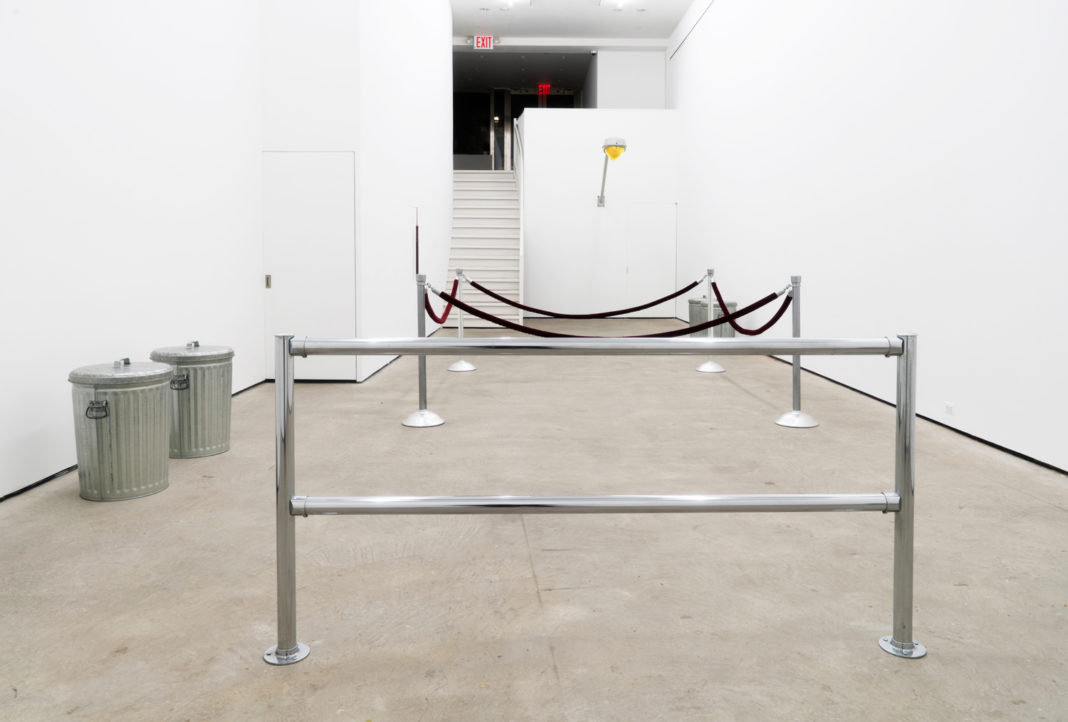“Lewis Stein: Works from 1968–1979” is on view at Essex Street in New York through Friday, December 22. A self-published artist book from 1980, containing images and analysis of these works, is being reprinted by the gallery for this occasion.
Lewis Stein was working in the mode of minimalist painting in the 1960s and received a fair degree of visibility and success. He was included in the Whitney Museum’s Annual Exhibition, as well as group exhibitions at the Aldrich Museum in Connecticut and the Kolnischer Kunstverein in Cologne, all in 1969. He was represented by several leading galleries of the day; Galerie Rolf Ricke in Cologne, Nicholas Wilder Gallery in Los Angeles and David Whitney Gallery in New York.
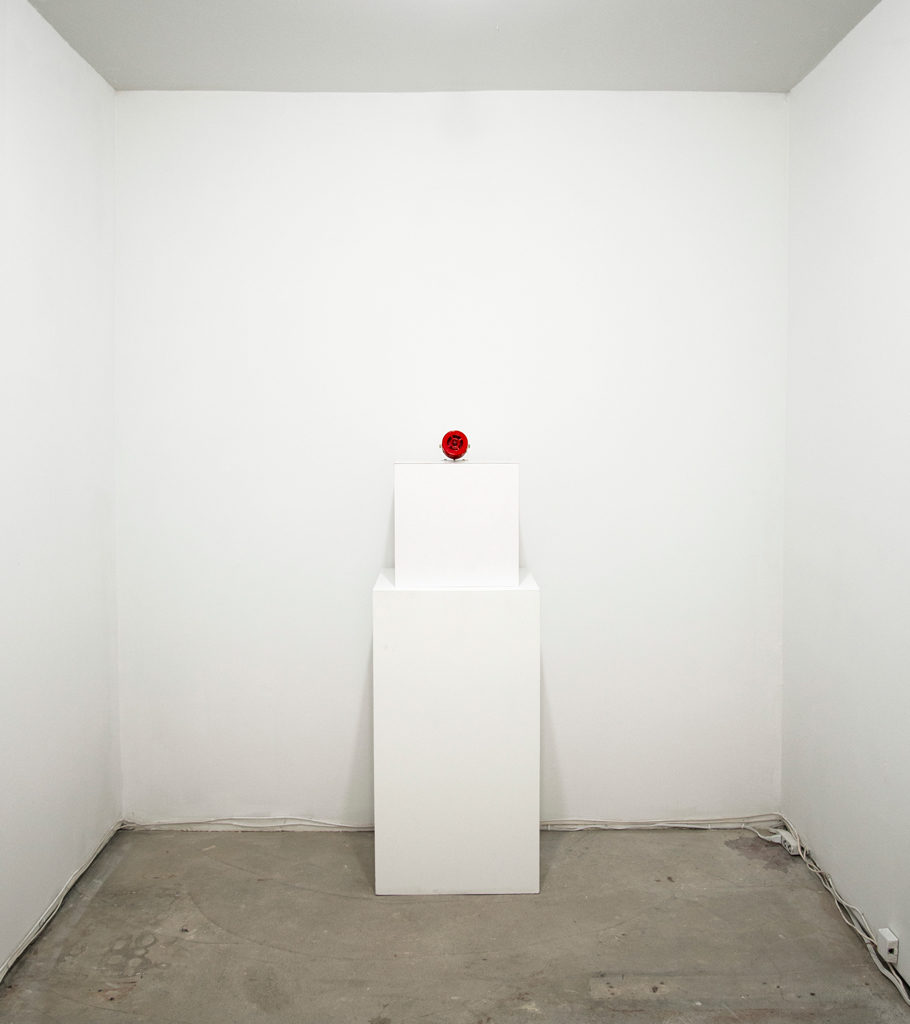
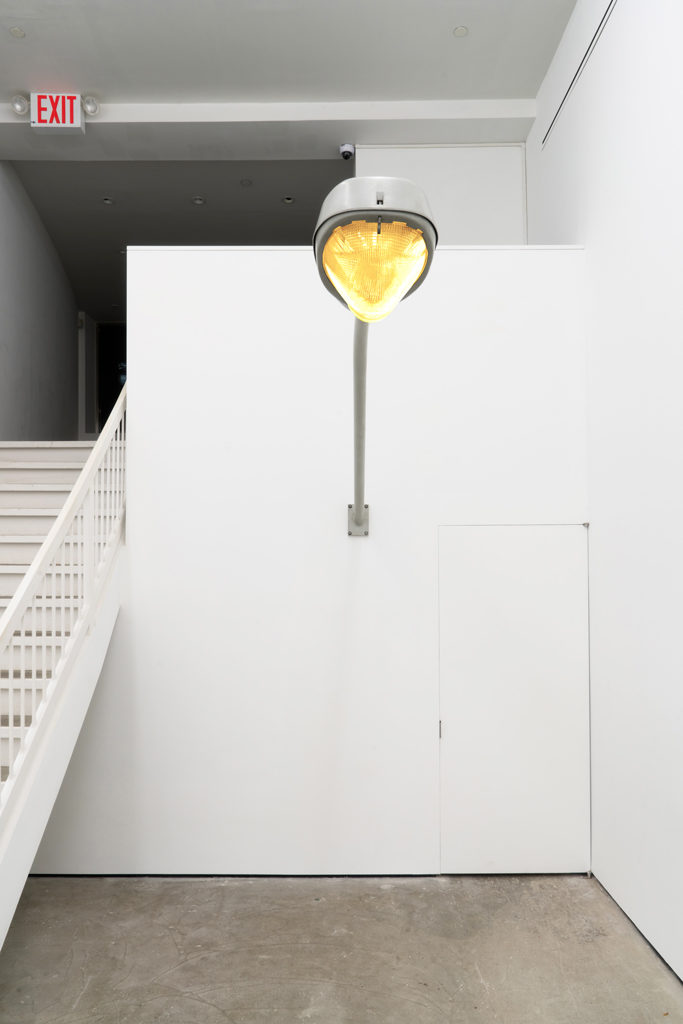
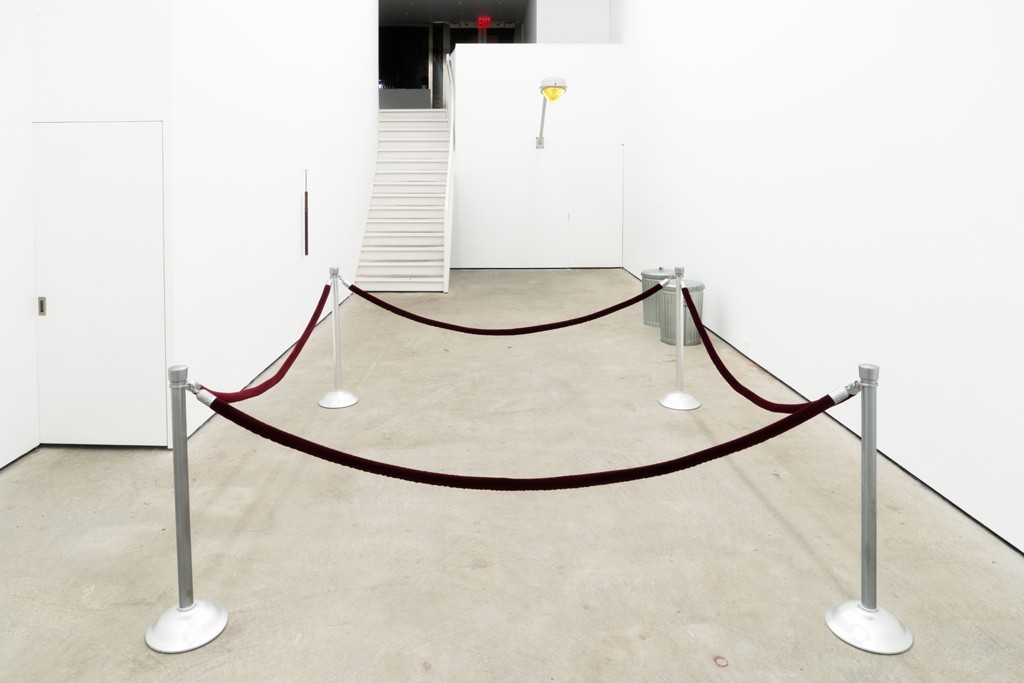
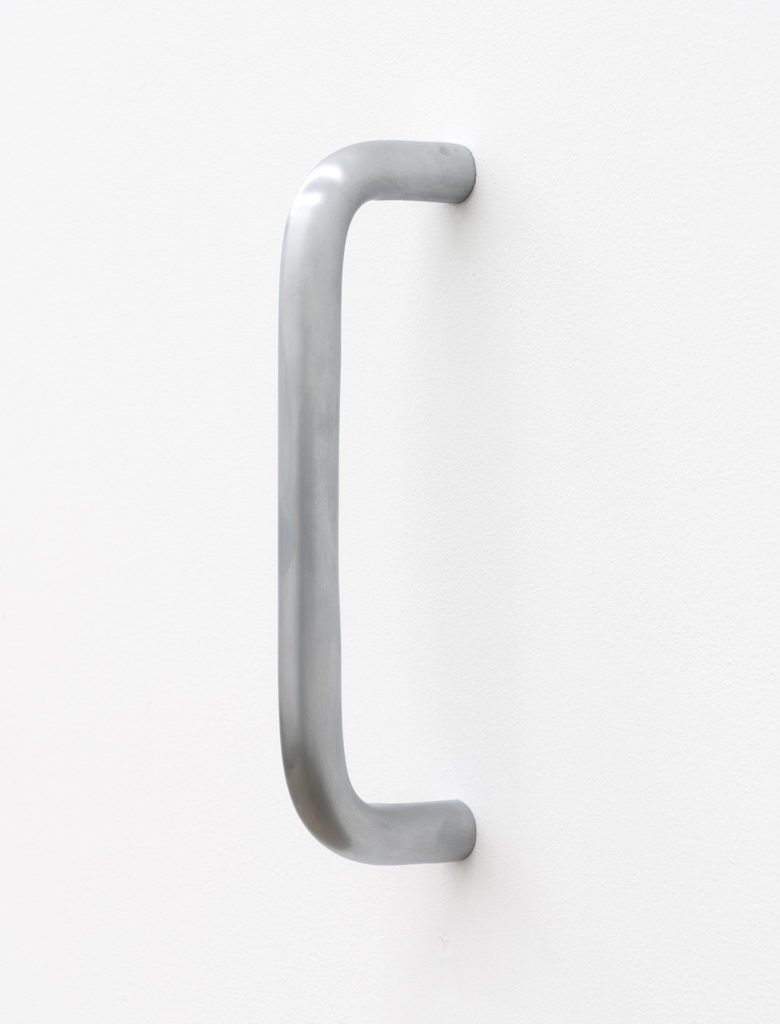
Then, around 1968, Stein articulated an incredibly antagonistic and exceptional body of sculpture, which put him both at odds with his galleries and nascent career, but also a decade or two ahead of his time. Amongst the first works of this breakthrough was a store-bought wooden billy club used by the police, hanging from a simple nail on the wall in 1968. Then five store-bought anodized metal trashcans in 1971. Then four museum stanchions connected by velvet ropes forming a grid in 1972. A guard rail in 1972. A police siren, ringing loudly and constantly, atop a pedestal in 1976. A brass door handle, installed on the wall in 1977. A working metropolitan street light extending out of the wall, in 1979.
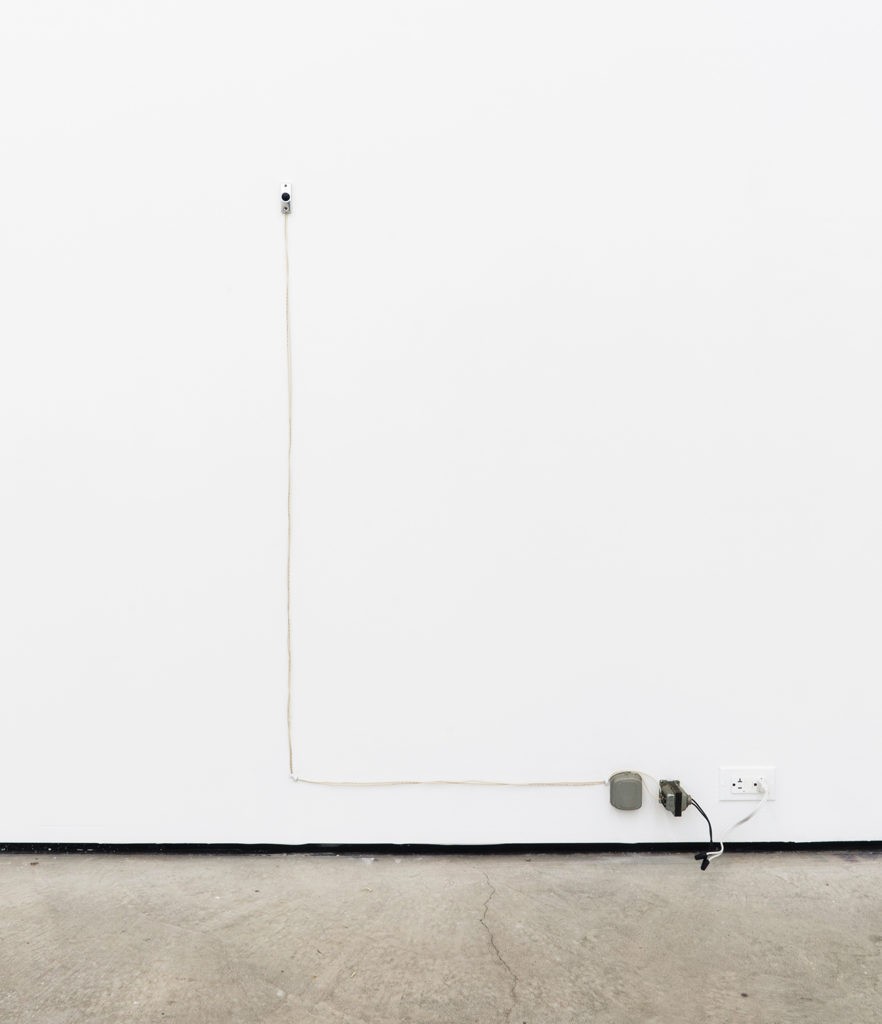
The body of work, though rarely exhibited at the time, culminated in a solo exhibition at Artists Space in New York in 1979. The exhibition consisted solely of a newly built sheetrock wall bisecting the space, and in the center of the wall, just where it should be, was a commercially available working door, complete with a brass handle. The entirety of an artist statement by Stein in the press release were the words: “Can I be more concise?” In response to the exhibition, the critic William Zimmer asserted in the SoHo Weekly News: “Stein subjects you to mental torture.”
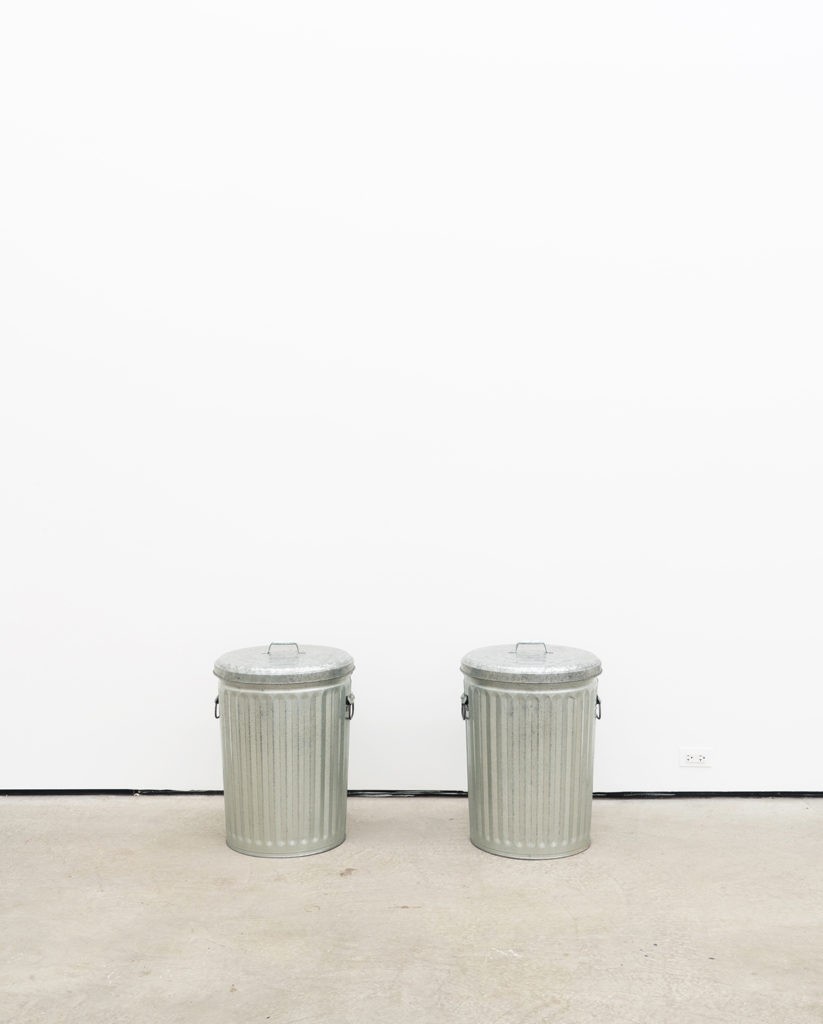
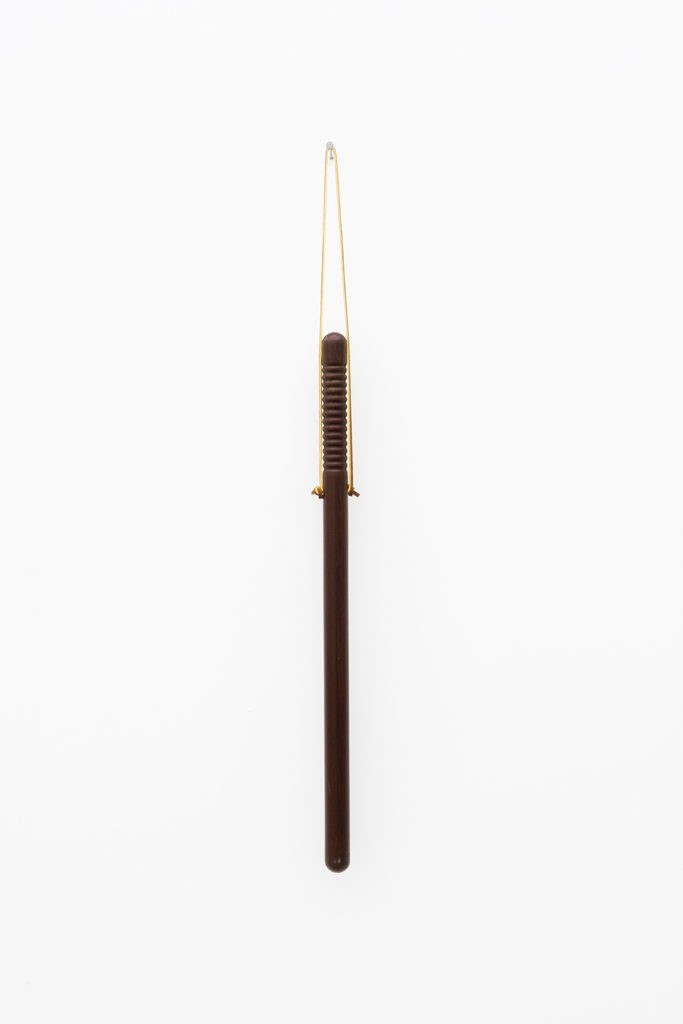
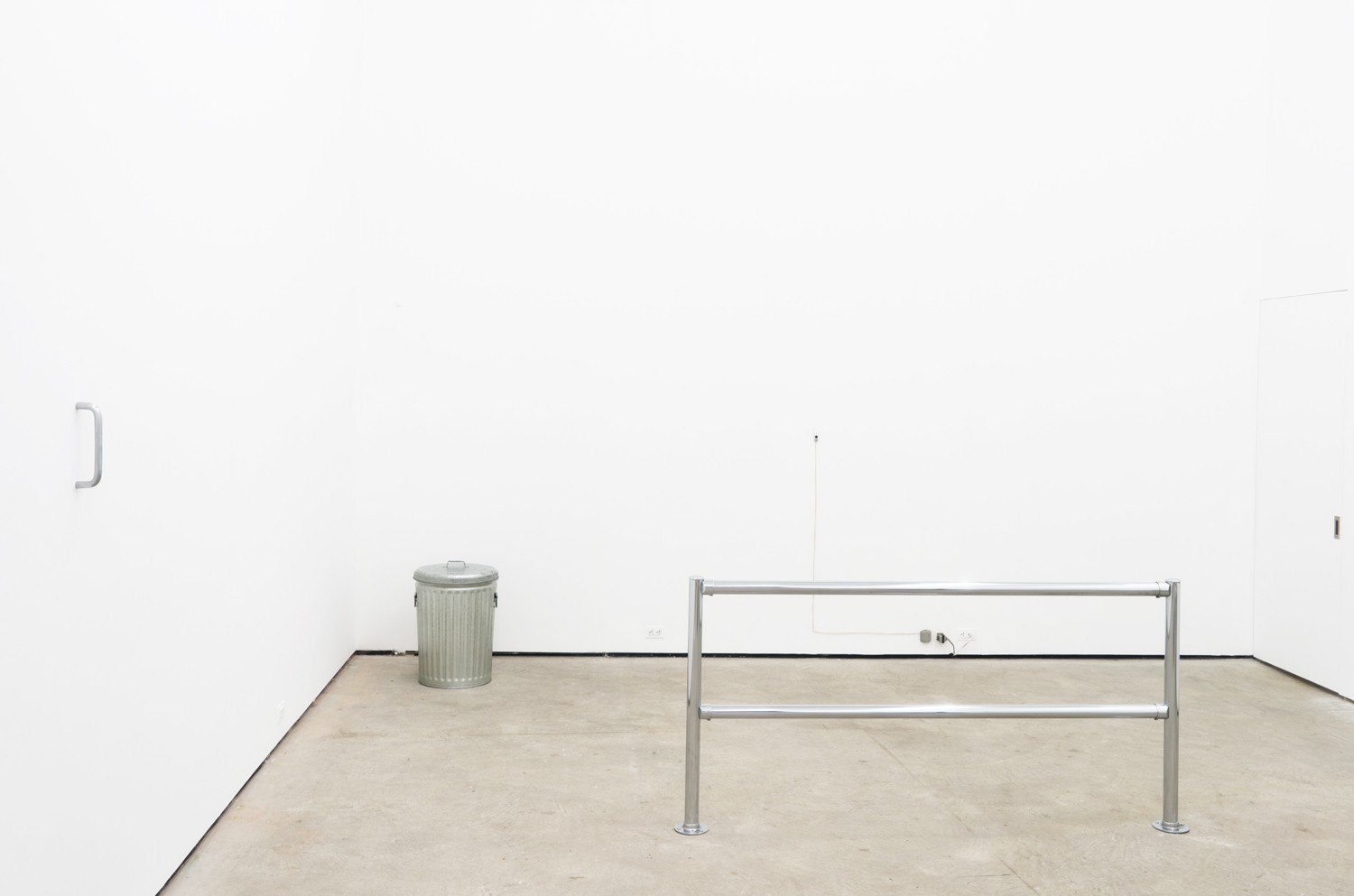
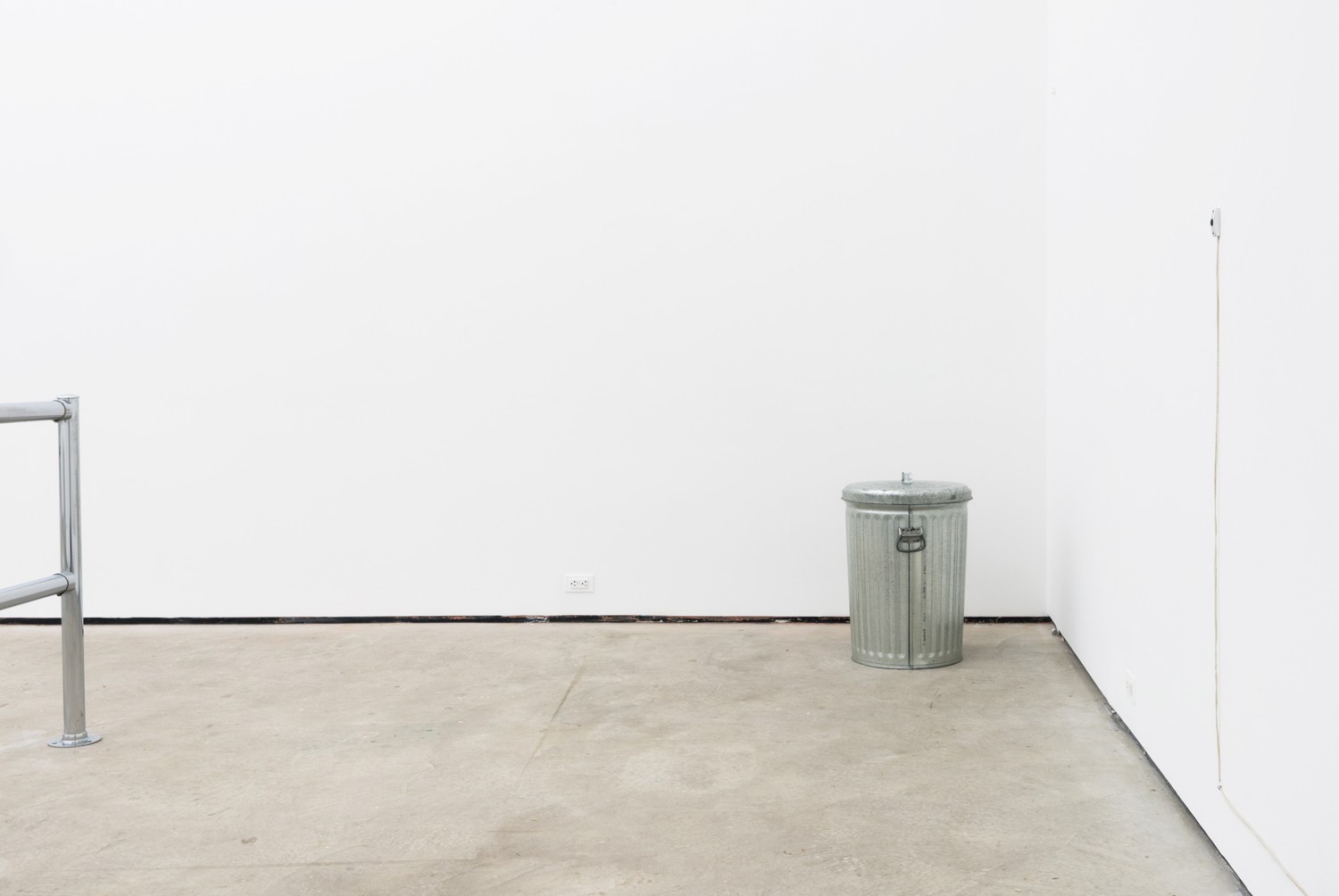
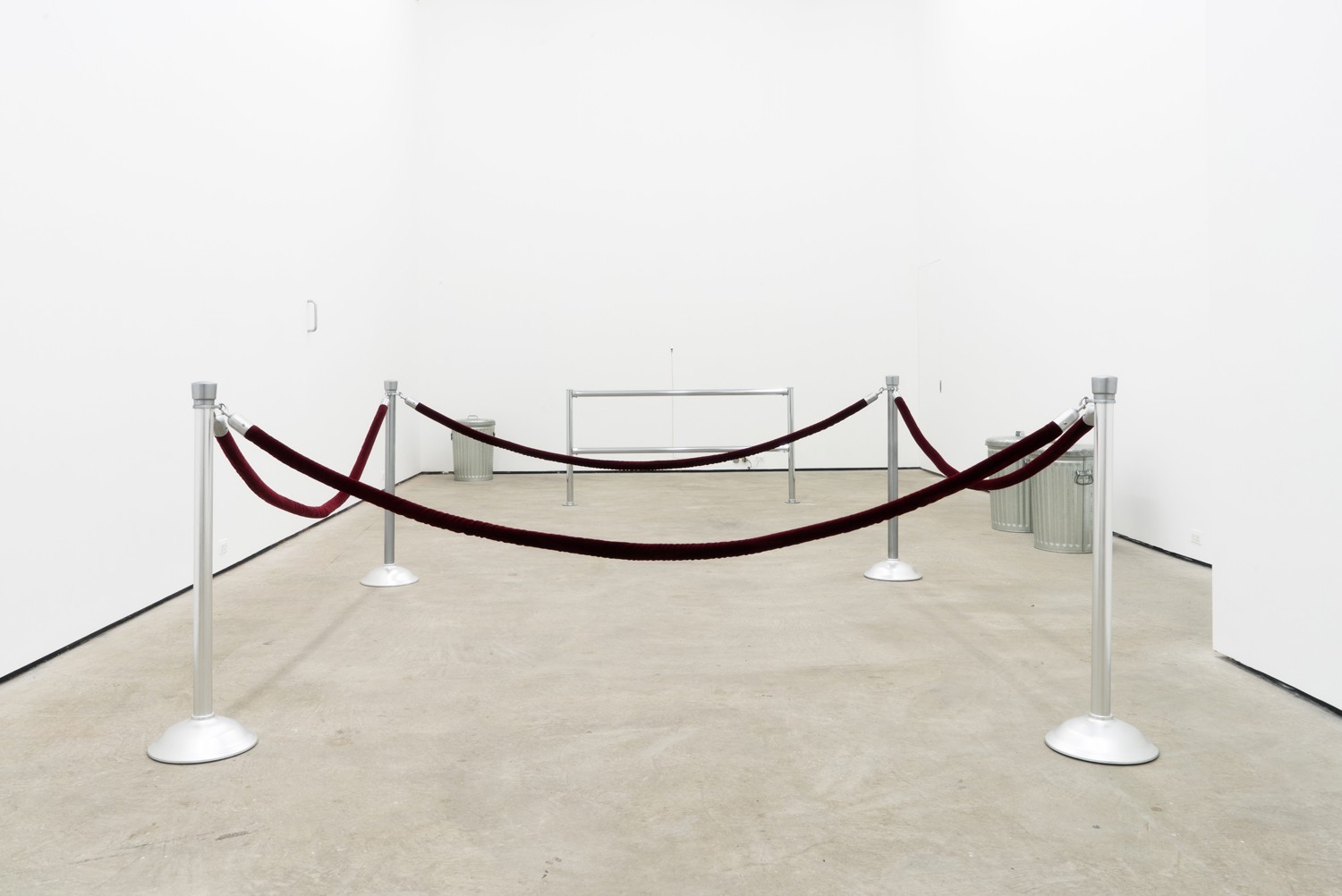
Due to the lack of exposure of this work, it has thus far been almost entirely absent from critical discussions of the period. Grounded in a refusal of minimalism’s objectivity, all of Stein’s sculptures were recognizable from daily life in the then brutal New York of the 1970s. They are all readymades but with one crucial characteristic: these are devices of control and authority. A billy club, a street light, a museum stanchion, a siren, even the trash can dictates what is disposed and expelled. Not static, but objects which enact and enforce.
Right now they make perfect sense.






